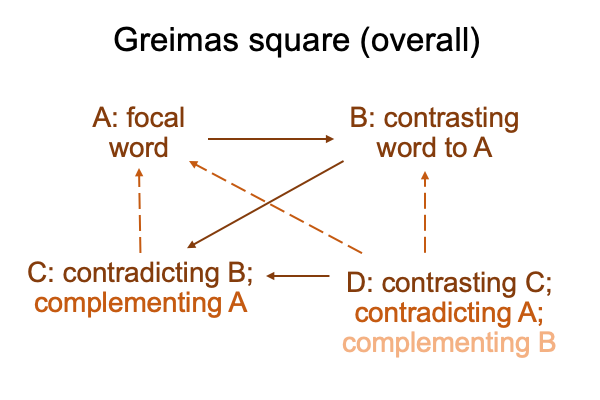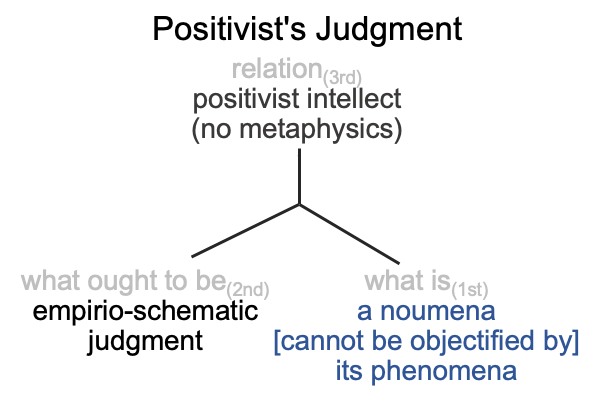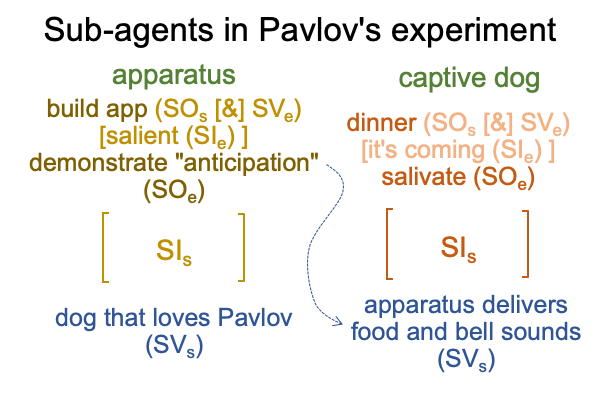Looking at Alexei Sharov and Morten Tonnessen’s Chapter (2021) “Agency In Non-Human Organisms” (Part 5 of 7)
0570 Okay, semiotic agency works as the noumenal overlay for both the dogs in Pavlov’s experiment and Pavlov himself. Or should I say, “Pavlov’s scientific self”?
0571 Why do I say this?
Recall the empirio-schematic judgment?
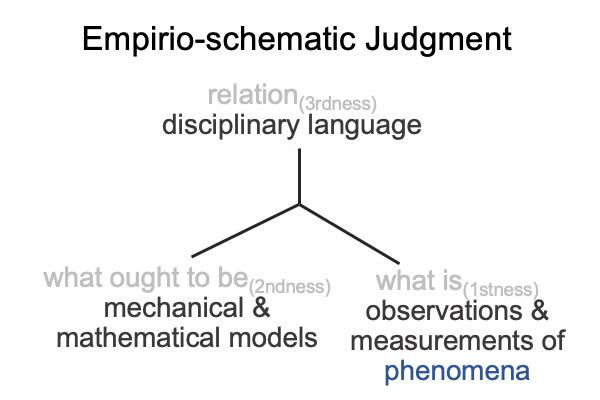
Disciplinary language (relation, thirdness) brings mechanical and mathematical models (what ought to be, secondness) into relation with observations and measurements of phenomena (what is, firstness).
0572 Surely, Pavlov’s semiotic agency manifests within each element in the empirio-schematic judgment.
0573 What is (firstness) corresponds to the experimental setup and goes into the methods section of the scientific publication. Ideally, Pavlov’s experiment can be performed independently by any scientist with dogs who will do anything to please their master.
In sum, the experimental apparatus and the resulting data go with the SVs and correspond to the methods and results sections in a scientific publication.
0574 What ought to be (secondness) corresponds to analysis of the data.
Pavlov models the fact that his dogs drool measurable amounts at the sound of the bell. The model is mechanical. The bell initially is sounded when the food arrives, so the nervous system of the dog in the sling is conditioned to both bell and food arrival. Later, when the bell sounds, the dog drools.
Never mind the reality that the dog is only interested in the food, not the bell.
If the food fails to come, the dog will figure out ways to get out of that drool-collecting headgear and pelvis-suspending sling.
In sum, the data is crunched and a model is proposed in the analysis section of a scientific paper.
0575 Relation (thirdness) corresponds to a discussion of the analysis and results of the experiment.
That said, a label may be attached to the type of model that the data suggests. In this case, two labels apply. “Anticipation” is a label designed to capture the attention of non-scientific folk. “Operant and instrumental conditioning” is a label designed to hold the attention of scientific folk.
0576 Why two labels?
Science involves explicit abstraction. The terminology of explicit abstraction may change depending on the audience.
For the general public, the explicit term, “anticipation”, labels a wide range of um… phenomena. These observable and measurable behaviors are attributed to a noumenon, a thing itself, called “anticipation”.
0577 For scientists interested in psychology, the explicit term, “anticipation”, labels a suite of models for conditioned responses, produced through rigorous experiments on animals.
Here is a picture of Pavlov’s empirio-schematic judgment.
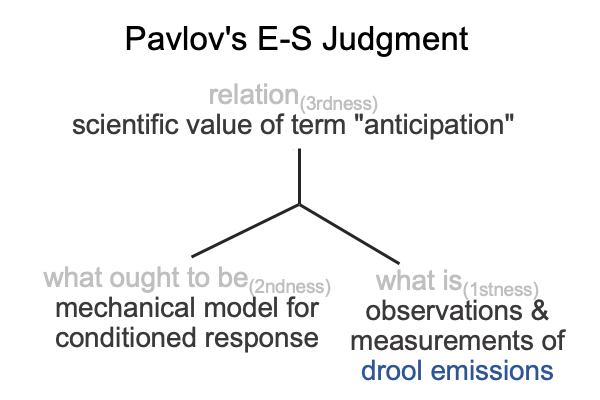
0578 In triumphalist psychology, the technical term, “anticipation”, should overshadow the common term, “anticipation”.
In the process, the application of the general term is narrowed and shifted towards the counter-intuitive.
I wonder whether Pavlov anticipates that?
Maybe he does, without even being conscious of that anticipation.


